After year of work, Oregon housing council makes 59 recommendations to Kotek, lawmakers
Oregon's housing crisis has been years in the making, and with high interest rates, rising inflation and a litany of other barriers in the way, policymakers will need to make some changes — at least 59 of them, according to a new list of recommendations delivered last week by a state council tasked with finding solutions.
The state Housing Production Advisory Council (HPAC), created by executive order on Gov. Tina Kotek's first day in office was assigned to identify and address whatever barriers it could find that limit the production of housing statewide. The goal: produce at least 36,000 units of new housing, every year, for the next 10 years.
In its final meeting on Jan. 17, HPAC presented its official recommendations to Kotek, providing a long list of recommendations after nine months of meetings with stakeholders and subject-matter experts.
The list was varied, proposing everything from massive funding programs to small changes in land use code. Some of the most notable were:
Authorize "State of Emergency Siting Procedures" to expedite housing production on state-owned property;
Ask the Legislature to act urgently to allow cities an optional, one-time amendment to provide additional land for housing at designated Urban Growth Boundaries;
Increase the number of qualified independent contractors (third parties) who are licensed by the state to provide plan review and inspection services for cities where capacity is not available;
Create an expedited appeals process for land use decisions;
Offer legislation training and case review with the Land Use Board of Appeals to the public;
Create a subsidized funding instrument at the state level to allow cities to borrow against future revenues generated through SDC’s (System Development Charges) for infrastructure projects that increase future production and/or lead to greater affordability;
Kotek joined the meeting to hear the council’s recommendations, commending the council for its work but also calling for more work to be done.
“There has been so much work done in less than a year to do exactly what was asked of you, which was to be bold, come up with everything that you could think of that could make a difference to get us to an increased production goal," Kotek said. "You didn’t disappoint — 59 recommendations.”
Council members said they hope the proposals cut into what has become an untenable housing situation in the state. Across Oregon, there is already an estimated shortage of 140,000 housing units, and the number has grown significantly in recent years.
Affordability has reached crisis levels. The median asking price for a home in Oregon in 2023 was over $470,000 and according to the Secretary of State, nearly one-fifth of Oregon's jobs pay less than $15/hour on average. A tight housing market for both ownership and rentals — with a 7% rental vacancy rate statewide as of 2021 — coupled with inadequate wages means Oregonians need access to housing that they can reasonably afford.
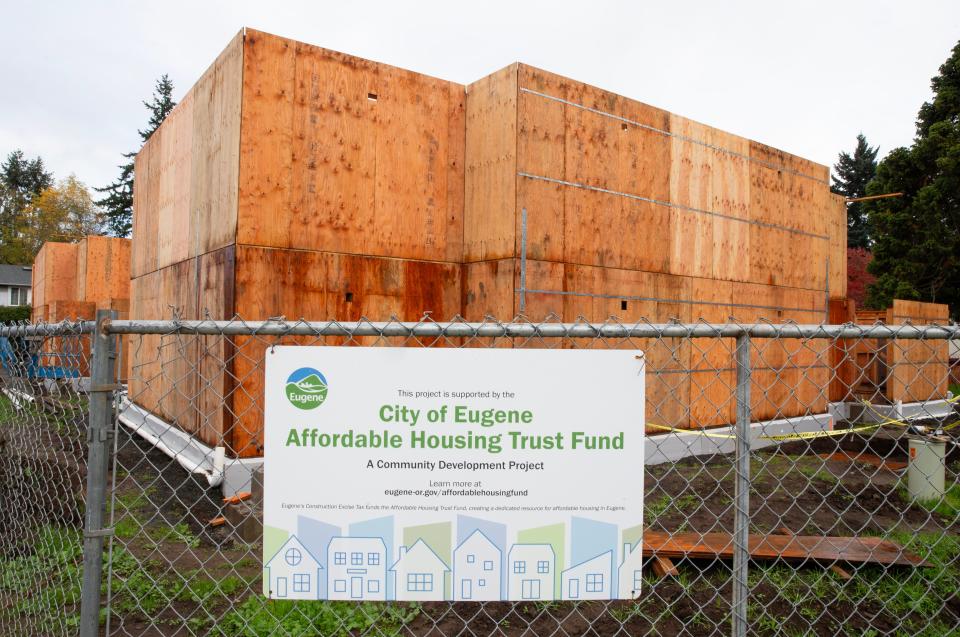
How much housing needs to be produced?
Planners have a handful of tools to determine how much housing is being built compared to how much is actually needed to keep up with the population's demands.
One of those tools is the Oregon Housing Needs Analysis (OHNA) produced by the Oregon Department of Land Conservation and Development and Oregon Housing and Community Services (OHCS.)
The 10th goal in Oregon’s statewide land use planning goals and guidelines is related to the availability of adequate housing. To make it easier for agencies to meet local housing needs, cities must conduct housing needs analyses to find whether the comprehensive planning process is meeting the local projected 20-year needs for housing. If a city’s 20-year housing supply is in a deficit, it must expand its Urban Growth Boundary and increase the amount of housing allowed on current lands through the provision of middle housing or a combination of the two options.
The 2022 OHNA notes that underproduction of housing is a problem nationwide but that Oregon’s outcomes for housing production are “among the worst” in the U.S. Oregon ranks 4th in underproducing housing measured as a share of housing stock in the States.
The analysis reports that “Over the next 20 years, Oregon’s communities need to add more than 550,000 units, over 30 percent of which will house Oregon’s lowest-income residents and will most likely require public funding or subsidy.”
With the current housing production goal set for 36,000 units of housing to be developed each year for the next decade, Oregonians can expect to see 360,000 units of housing created in the coming decade.
In order to accommodate 20 years of population growth and to account for current levels of underproduction and a deficit of units for people experiencing homelessness, the state will have to produce 554,691 units of housing. Around 110,000 of those units would be accounting for current underproduction. About 176,300 of those half a million needed new units are anticipated to be affordable for households that earn 60% or less than the statewide Area Median Income.
Another tool utilized to inform policy choices are Housing Capacity Analyses and Housing Production Strategies. Housing Capacity Analysis determines if a city has enough land to responsibly accommodate the projected demand for housing needs. Housing Production Strategies outline the tools, plans, guidelines and strategies a city anticipates taking in response to Housing Capacity Analysis results.
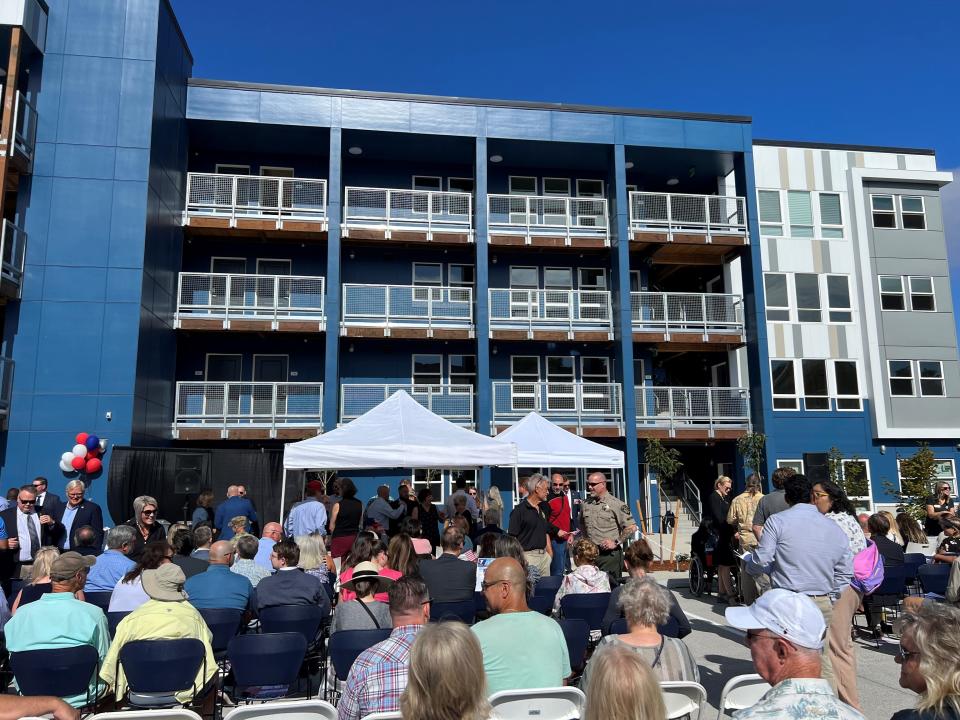
How will this gap in housing availability be bridged?
Efforts to minimize the gap between housing needs and housing availability are ongoing as councils and committees dedicated to housing production reconvene for the 2024 legislative session.
Kotek is bringing forth a robust housing package to support housing production. Senate Bill 1537 hopes to provide aid in the housing sector by:
Investing $500 million in existing state resources to support housing production,
Creating the Housing Accountability and Production Office to address complaints, concerns and issues local governments and developers raise in communities,
Implementation of a one-time land supply tool allowing cities to add land for housing within Urban Growth Boundaries if they qualify through both land and affordability eligibility requirements,
Requiring 30% of housing developed to be affordable, funds to incorporate energy-efficient and climate-friendly building tactics and utilities,
Provisioning more funding for housing production tools such as housing infrastructure financing, moderate-income housing financing and climate-friendly incentive funding.
How does the Housing Production Advisory Council help?
The council is made up of 25 experts in housing construction, development and financing who have been selected to help identify barriers to housing production and provide policy recommendations to minimize challenges faced by developers.
The council uses a Framework document, adopted in March of 2023, to guide the structure of its work.
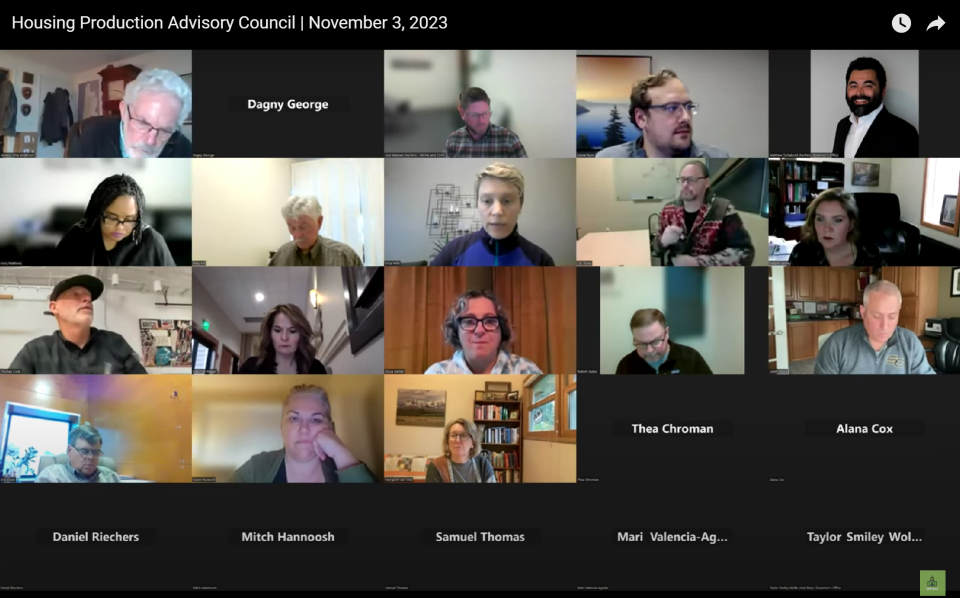
At the council’s final meeting on Jan. 17, co-chair J.D. Tovey thanked members for their efforts to provide recommendations to legislators on how to move forward with increased rates of housing production and Kotek for her leadership.
“You know, this is what democracy is: assemble experts to make recommendations to decision-makers to move us forward and to help address the challenges that face us in the day, so thank you all for being a part of it,” Tovey said.
What’s next?
As lawmakers convene for the upcoming session, they will be informed of HPAC’s recommendations to assist in guiding housing production and policy going forward.
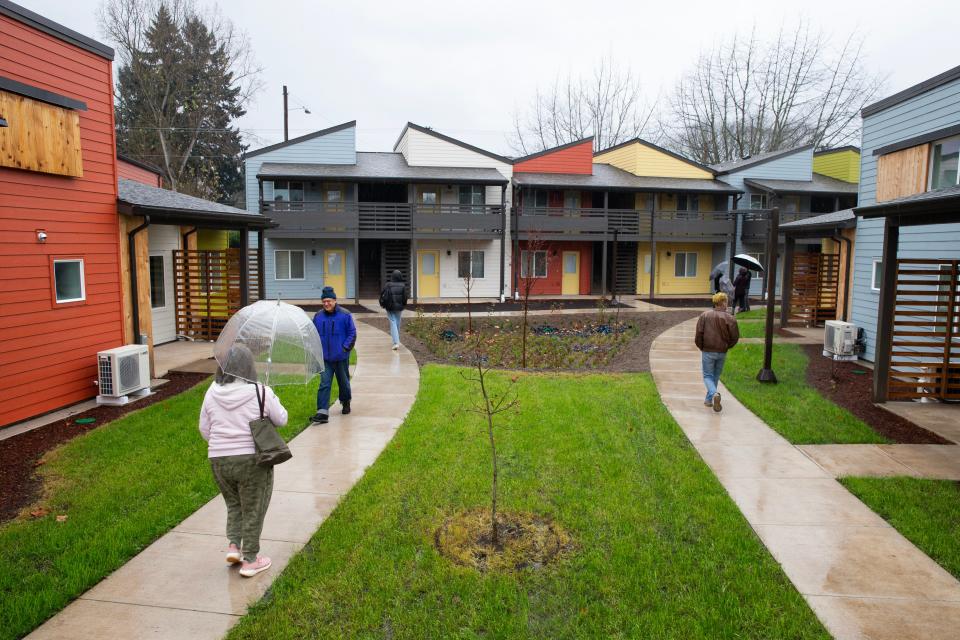
Kotek said the council’s work lays a strong foundation for housing policy that supports increased housing production statewide and that the effort put in now will see benefits in production and accessibility for years to come.
“Housing is a challenge everywhere. We’re here for a reason. We can build our way out of this. It will take a concerted effort and to know that we have a set of recommendations that will guide us is a really great place to be,” Kotek said.
After the 2024 Legislature adjourns, Kotek said, "we’re gonna turn around right after the session and be like, ‘OK, what’s next?’”
The governor said she hopes the necessary tools needed for increased housing production will be in place, allowing the state to better serve Oregonians with more accessible housing units.
“I just really appreciate your commitment to your state and to putting people in homes so people can have security and safety and health,” Kotek said to the council.
“I’m optimistic. I know there’s always work to do.”
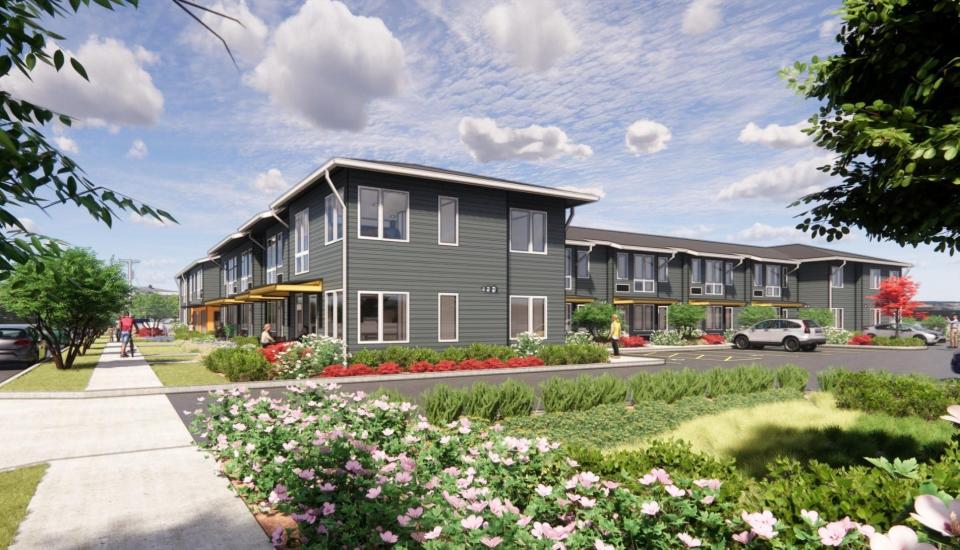
What barriers have impacted housing production?
Practices like redlining, exclusionary zoning and race-based deed restrictions historically harmed non-white and low-income people, preventing them from accessing housing and city resources equitably in Oregon. The year 1866 brought the passage of the 14th Amendment, protecting the life, liberty and properties of U.S. citizens, but the law excluding non-white people remained in the Oregon constitution until 1926. The long-standing impacts of those exclusionary practices can still be seen today as lower-income neighborhoods are more likely to live near more industrialized zones and are more at risk of development-driven displacement.
The United States has been underproducing housing since the Great Recession in 2008. In 2021, there were 3.89 million units of housing underproduced nationally.
National real estate predictions for 2024 presume that decades of underproduction will perpetuate a gap in the housing market.
The nation’s long-term underproduction of housing starts developers a step behind already. Additional barriers affect almost every step of the housing production pipeline. Funding projects can be untenable in many circumstances, meaning developments may never break ground if financing can’t be procured. Land availability and zoning allotments dictate where certain types of dwellings can be built. Once adequate land is procured, construction costs and availability of materials and labor can limit production timelines and delay projects.
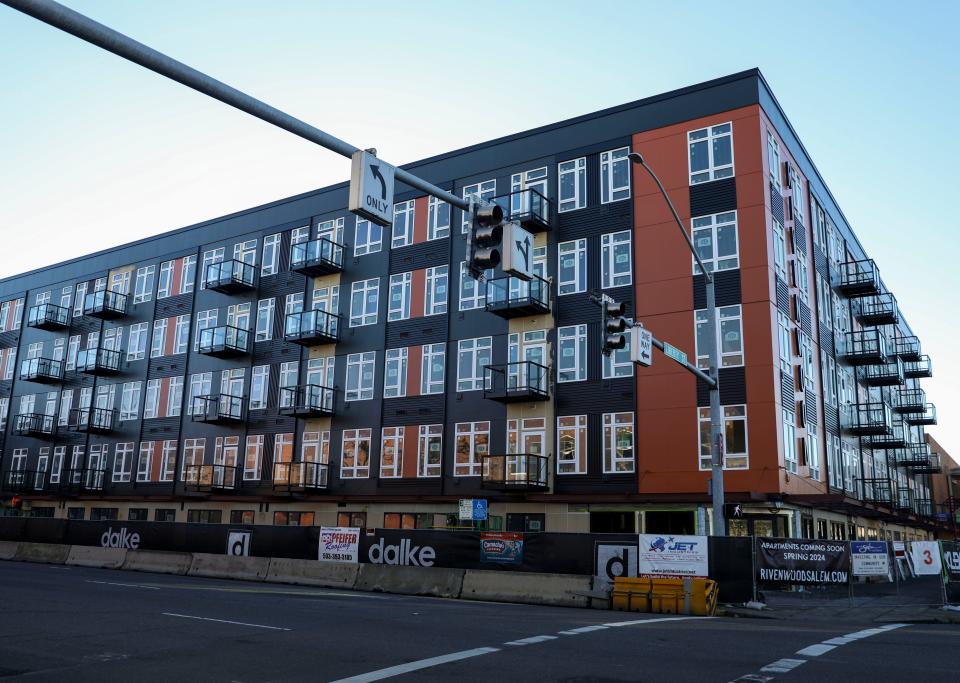
Hannarose McGuinness is The Register-Guard’s growth and development reporter. Contact her at 541-844-9859 or hmcguinness@registerguard.com
This article originally appeared on Register-Guard: Oregon housing council makes 59 recommendations to Kotek, lawmakers

